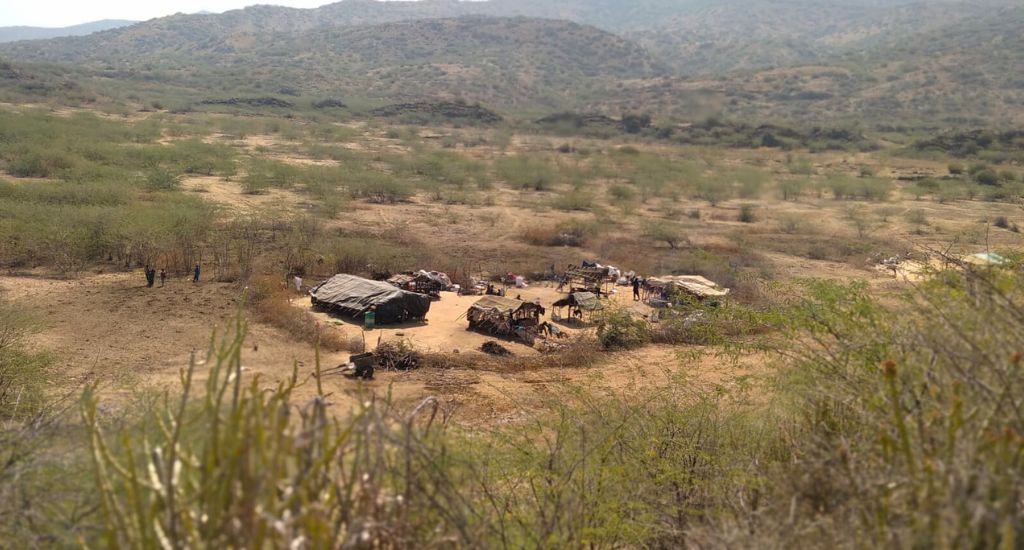
Banni Maldharis battle to rear cattle in Kachchh
The migrating Maldharis of Kachchh have been rearing cattle for generations but they now find it hard to sustain their traditional profession.

The migrating Maldharis of Kachchh have been rearing cattle for generations but they now find it hard to sustain their traditional profession.
The Banni grassland of Kachchh in Gujarat spreads over 2,500 sq km, across 55 villages under 19 village panchayats. This transitional land between the rocky mainland and Greater Rann of Kachchh is flat and inherently saline. The high variability in annual rainfall and other geo-physical characteristics determine the ecology of the region which in turn shapes the socioeconomic and cultural features.
Most of the livestock keepers in Banni belong to the Maldhari community. They rear the Banni or Sindhi buffalo, Kankrej cattle, sheep, goats, horses, donkeys and camels.
For generations, the Maldharis have been rearing Kankrej, a sturdy breed of the Banni grassland. They migrate long distances seasonally to ensure good fodder and water for their cattle. The practice is in decline now due to various factors.
Cattle rearing is ingrained in the culture of the Maldharis. Traditionally the Banni Maldharis and the farmers of Saurashtra region traded bullocks. The Maldhari pastoralists used to move with bullocks of varying age to sell to the farmers. The practice was not just commercial. The business ethics and the brotherhood made the trade interesting.
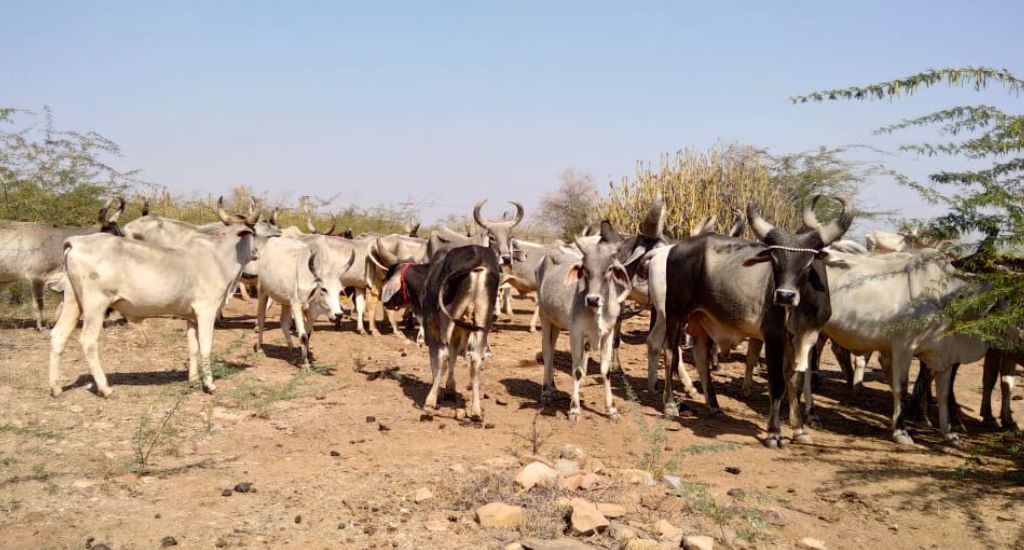
The Maldharis took special care of the bullocks while raising them. During the trade season they were mindful of the farmers’ needs as well. They would give the farmer a day or two to spend with the bullock so he could decide. If necessary, the bullock would initially be kept with his family to ensure a gradual separation. Farmers could pay in installments for three years and if necessary they would get an extension. These installments remained free of interest as the Maldharis, who follow Islam, consider it against their religion.
Also Read | Camel herders of Kachchh fall into decline as commons shrink
The trade continues to this day but has been on a decline after dairies came up. Major changes have emerged after the 1980s. The cattle population has declined to about 50 percent while the buffalo population has increased manifold. Most of the herders have either settled outside Banni or have replaced their cattle with buffaloes.
Jatt Achar Haji Hussain of Sarada village had received the breed saver award in 2010 for conserving Kankrej cattle over seven generations. He had 225 cattle in 2018. But a major drought and the difficult migratory life – he moved alone since the others in his village had replaced their cows with buffaloes – made him give up the job. Today his son has just 15 cows left, which he prefers to keep at home and feed with fodder bought at the market.
The invasive species Prosopis juliflora is also said to be one of the reasons for the reduction in cattle population as the consumption of the tree’s pods is believed to impact the cattle’s gut health, ultimately causing their death. Other potential reasons have been harsh climatic conditions and rearing buffalo for milk being more profitable.
A few villages in the Banni landscape such as Misriyado and Neri still have communities like the Sumra and Halepotra that continue to rear cattle that now number about 28,000. The pastoralists take the cattle to the forest in the evening and return at 4 am. In times of drought they often migrate long distances with their families.
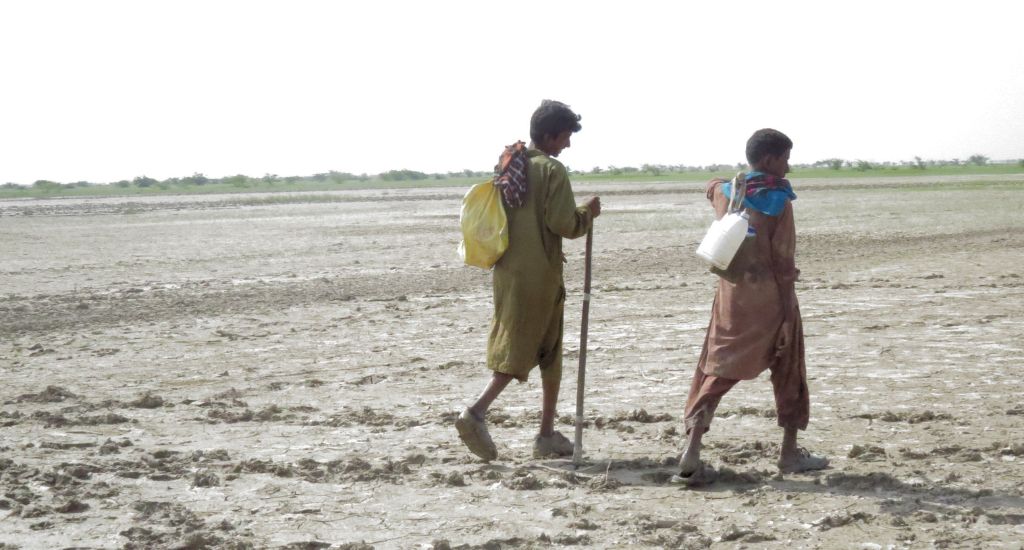
Aslam, a 20-year-old youth who has 40 cows, said that they ask the village panchayat before migrating to an area.
“The panchayat allocates a grassland with water. In return the farmers in the village get cattle dung to use as manure,” he said.
Also Read | Kachchh pastoralists struggle as grasslands shrink in Gujarat
This resource exchange continues to be the main practice in the area. Still the grass is insufficient and the herders spend Rs 80,000 on fodder which lasts 10 days. The women make mava (thickened milk) from cow’s milk, earning around Rs 1 lakh in 10 days.
Last year during the first rains, lumpy skin disease affected most of the cows in the region. Majna of Misriyado village lost 16 cows in a span of just seven days.
“I’ve not seen such a disease in my lifetime,” he said. “We nurtured them like our family but unfortunately, we couldn’t save them.”
Villagers of Misriyado lost almost 100 cows at that time.
“It was difficult to see the cows suffering and dying slowly. Though I tried the desi treatments which have always worked before, this time I couldn’t save my cows,” Miyal Halepotra of Neri village said. He lost almost 40 cows in 10 days.
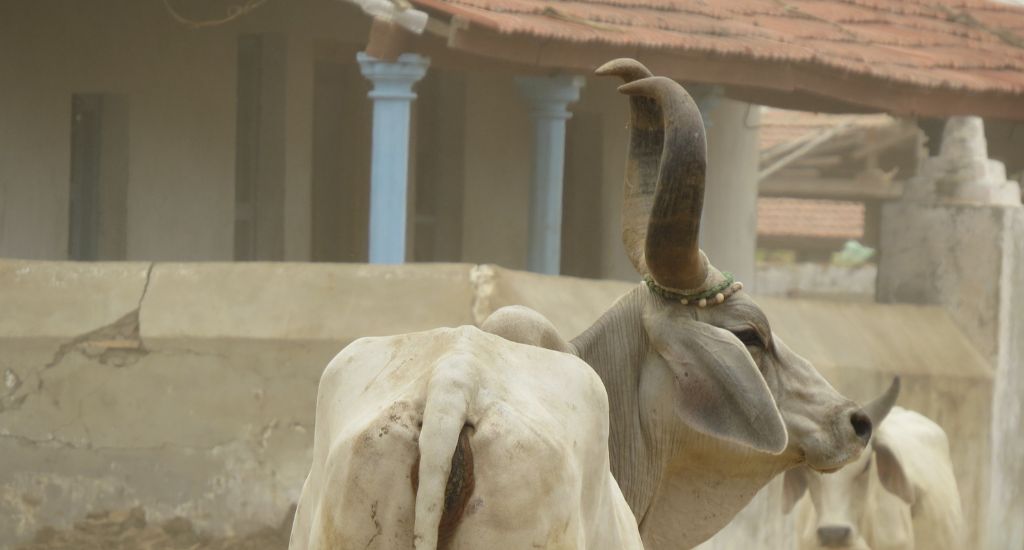
Veterinary doctors vaccinated the cows but it had little impact. Halepotra felt that the medicine increased the severity of the disease as it caused heat stress, increasing the wounds and lumps.
“If I was in grief, the cattle experienced more grief. A calf was orphaned. A cow lost her calf and the like,” he said, talking about the difficulties in migrating long distances with his livestock now.
“Some of my cows are still recovering and are too weak. We can’t make them walk long distances,” he said.
Besides the daily hardships, lack of access to healthcare and schools make the future more uncertain for their children.
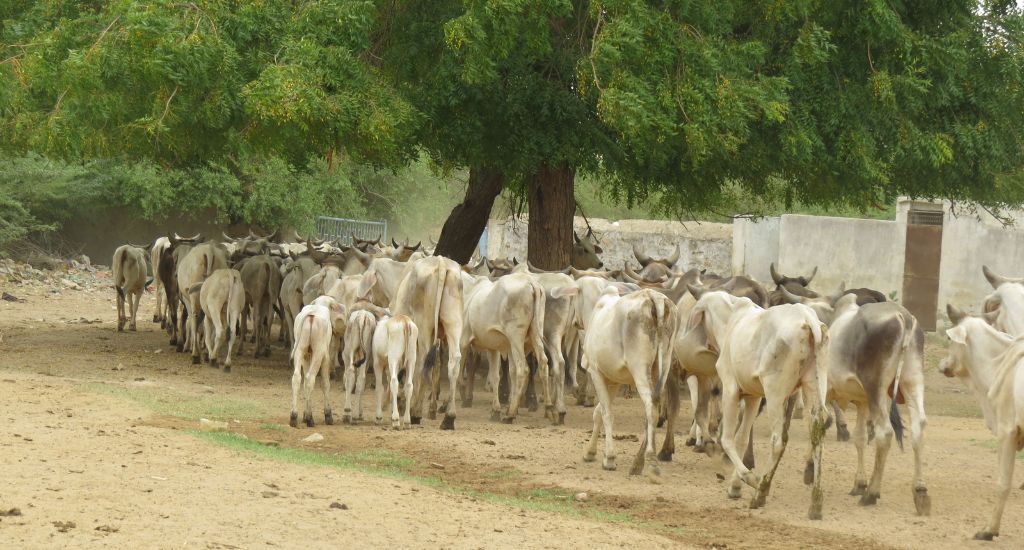
The herders say the local administration has not provided them any help and compensation so far despite their pleas. The Maldharis have also filed claims for community forest rights under the Forest Rights Act, 2006, but the rights have not been granted yet. The loss of grassland, falling quality of fodder, scarcity of water and emerging diseases along with lack of governmental welfare support continue to aggravate the problems of the Maldhari herders in Banni grassland.
Also Read | Traditional handloom weaves a comeback in Kachchh
To preserve the sturdy, indigenous Kankrej cattle and the livelihood of the cattle herders, the government should come up with better welfare schemes. Relief camps and basic facilities at the villages and migrating destinations would ensure grass and water availability in the area.
It is also necessary that the communities are granted rights to the grassland. This would ensure that they continue to manage the grassland and natural resources according to their traditional systems and are equal partners with the state departments in developing the grassland sustainably.
The lead image at the top shows Maldhari herders leading sheep through the Banni grassland (Photo by Astha Chaudhary)
Astha Chaudhary and Dipti Arora are research scholars associated with Coexistence Consortium, a conservation organisation studying human wildlife interactions.